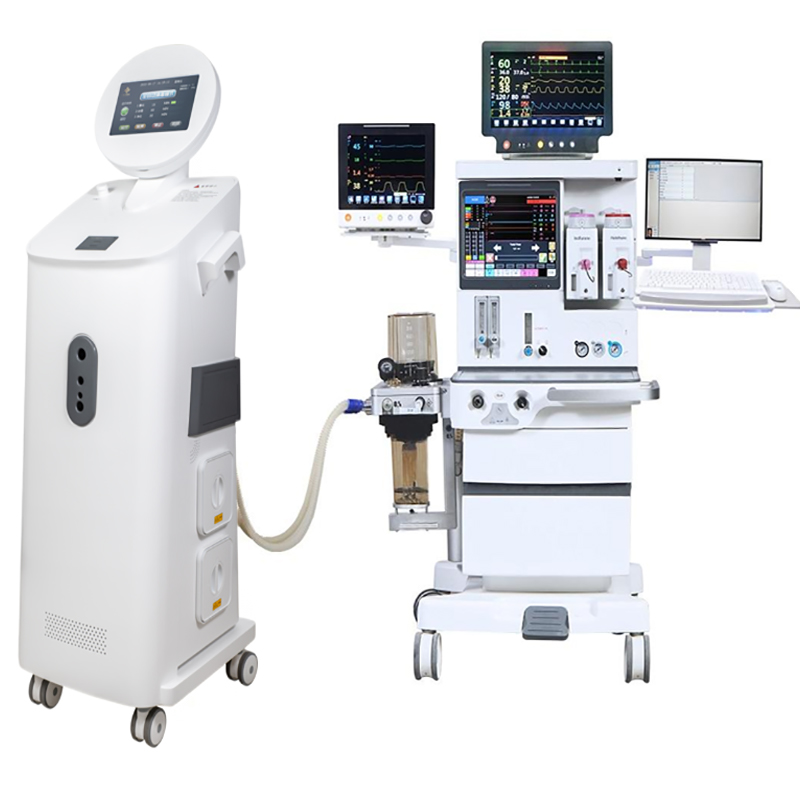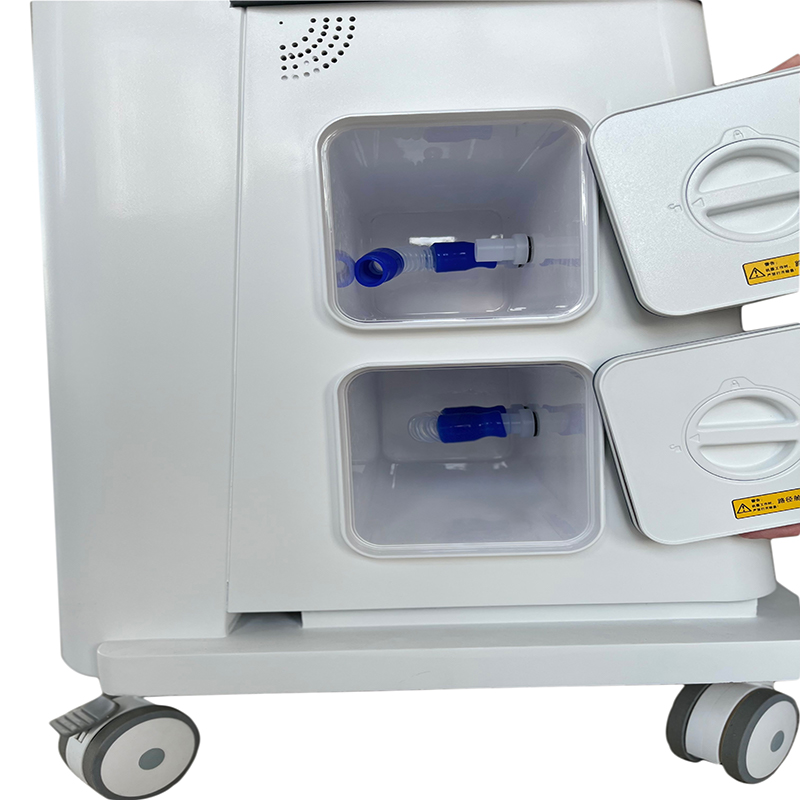Disinfection of the Internal Circulation System of Ventilators: Ensuring Patient Safety and Preventing Nosocomial Infections
The internal circulation system of a ventilator is a complex network of tubes, valves, and chambers. This system allows air to flow in and out of the patient, facilitating the exchange of gases and maintaining proper ventilation. However, the warm and moist environment created by the circulation system provides an ideal breeding ground for bacteria, viruses, and other pathogens.
To ensure patient safety, healthcare professionals must diligently disinfect the internal circulation system of ventilators. Proper disinfection procedures not only eliminate existing pathogens but also prevent the growth and spread of new infections. Here are some key considerations for effective ventilation system disinfection:
1. Regular Cleaning: The internal components of a ventilator should be cleaned regularly to remove any debris or organic matter that might accumulate. This step is essential before the application of disinfectants.
2. Disinfection Products: Healthcare professionals should use disinfectants that are specifically approved for use on medical equipment. These products must have an effective antimicrobial spectrum, capable of eliminating a wide range of pathogens.
3. Proper Application: Disinfectants should be applied according to the manufacturer's instructions, ensuring the appropriate contact time for maximum effectiveness. It is vital to pay attention to all areas, including hard-to-reach corners and crevices within the circulation system.
4. Compatibility: Ventilator components, such as tubes and valves, may be made of different materials. Therefore, it is crucial to select disinfectants that are compatible with these materials to prevent damage or degradation.
5. Routine Maintenance: Regular servicing and maintenance of ventilators are essential to detect any defects or malfunctioning parts. Timely repairs or replacements can prevent contamination caused by faulty components.
Healthcare professionals should also be aware of the challenges associated with ventilator disinfection. The intricate design of the internal circulation system may make it difficult to clean hard-to-reach areas thoroughly. In such cases, manual cleaning with brushes or specialized tools may be required. Additionally, the disinfection procedure should not compromise the functionality or safety of the ventilator, as any defects can prove critical during patient treatment.
The responsibility of ventilator disinfection does not rest solely on healthcare professionals. Patients and their caregivers should also be educated about proper cleaning and disinfection procedures for ventilator accessories, such as masks and humidification chambers. By promoting a collective effort towards maintaining a clean environment for ventilator use, we can further reduce the risk of nosocomial infections and enhance patient safety.
In conclusion, the disinfection of the internal circulation system of ventilators is a crucial aspect of ensuring patient safety and preventing nosocomial infections. Healthcare professionals must follow proper procedures, use appropriate disinfectants, and address all challenges associated with the disinfection process. By doing so, we can continue to rely on ventilators as life-saving devices while minimizing the risk of infections in healthcare settings.

